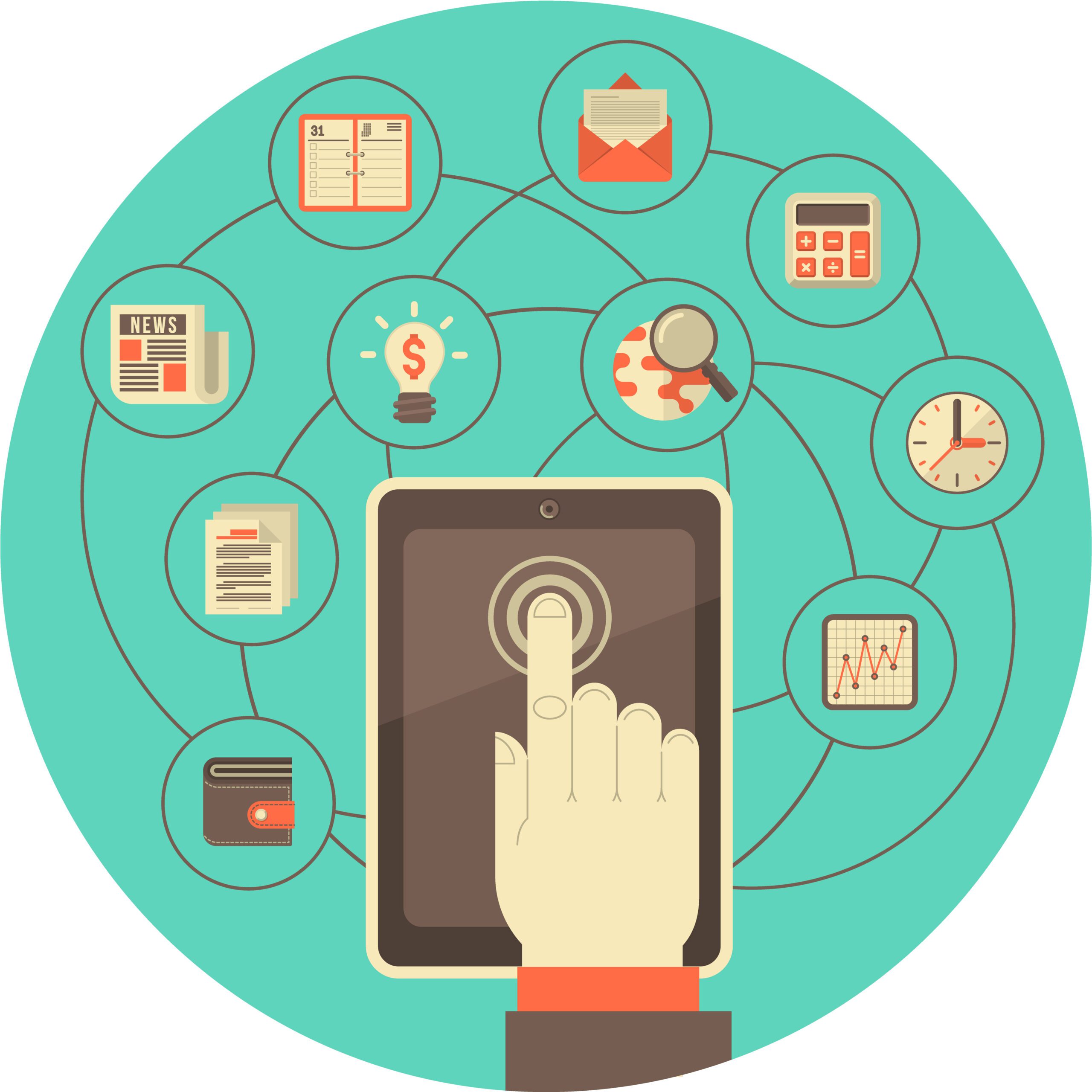Any time that the automotive industry is faced with turmoil, the pressure is instantly applied for dealers to remain top of mind for consumers. During the 2008 recession, and now even more amid the COVID-19 pandemic, the need for a strong marketing message and understanding of the variations in every consumers’ purchase journey is proving to be what will ultimately prevent dealers from falling behind in sales and loyalty.
Data helps fuel this understanding, and when paired with the right tools and consumer industry insights from both the past and present, the opportunities for dealerships are endless.
Learning & Growing from the Past
The financial crisis of 2008 unveiled a few lessons for the modern dealer, many of which have resurfaced since the start of COVID-19 business disruptions in the United States. In both situations, there was a significant decrease in inbound leads for both sales and service, requiring dealerships to explore new opportunities to engage with their existing customers. Data mining techniques have proven to be more important than ever before in these situations, as they allow dealers to identify the strongest and most valuable leads based on predicted consumer behaviors, making the most of their limited staff and resources.
 While the current global health pandemic is incomparable to the economic recession 12 years ago, reflecting on the last few months clearly shows that dealerships who have pivoted operations and personalized their marketing and sales efforts are seeing the strongest recovery. They’re also the dealers who will continue learning from the past and embracing new technology and resources to help them sell more cars efficiently, leaving the dealers who cannot innovate and grow struggling to catch up behind them.
While the current global health pandemic is incomparable to the economic recession 12 years ago, reflecting on the last few months clearly shows that dealerships who have pivoted operations and personalized their marketing and sales efforts are seeing the strongest recovery. They’re also the dealers who will continue learning from the past and embracing new technology and resources to help them sell more cars efficiently, leaving the dealers who cannot innovate and grow struggling to catch up behind them.
Navigating Digital Acceleration
The dealership community largely acknowledged that a shift toward digital retailing was the future of the automotive industry well before March 2020. Due to the pandemic that we’ve all been facing for the past few months, dealers were forced to address their processes sooner than expected due to social distancing restrictions and state-wide regulations on how or if dealers can conduct business in-person.
With restrictions varying from state to state, changes behind the showroom doors look different for every dealership, but the most successful dealers right now have one thing in common: the ability to be nimble, vulnerable and resilient. Knowing that 86% of consumers would choose a dealership with an online buying capability over one without (according to a study by Root & Associates), the urgency to adopt the right technology into the dealership is critical for growth.
Results from a May 2020 survey from Roadster and the National Automobile Dealers Association (NADA) support the real-time benefits of digital retailing throughout COVID-19, revealing that 76% of dealers said having a streamlined digital process enabled them to engage more with online customers.
For dealers who are still behind on implementing a strong digital footprint, a focus on retention is a priority. Ensuring your sales and service teams both have a routine outreach cadence in place for current customers will be the difference between closing a loyalty deal or drifting apart. Whether this is through a more robust data-driven marketing and sales platform, or a simple email and phone calls strategy, staying in front of current customers is crucial, especially in a time where many customers are price conscious due to economic uncertainty that the pandemic has caused.
What the Future Holds
Predictions guided by past trends and the current state of the marketplace paint a clearer view of what’s ahead for dealerships, however none of us know exactly what the future holds. U.S. new vehicle sales in the first half of June were up 18% compared to the same period in May, according to IHS Markit, showing that the road to recovery can be manageable for dealers who are prepared and are willing to try new things. Additionally, record prices are helping to offset the decline in sales, with consumers expected to spend $39.8 billion on new vehicles in July, as reported by J.D Power.
According to studies from Edmunds, there are more first-time car buyers in the market now than ever before. The demand for buying a car is not going away, but what changes is how and from where buyers are making their purchases. Utilizing the right data to keep a finger on the pulse of consumer demands and pivoting towards adopting predictive technologies to provide a personalized experience for each customer will keep dealerships thriving during the current phase of the pandemic and beyond.
Did you enjoy this article from Marco Schnabl? Read other articles from him here.
Be sure to follow us on Facebook and Twitter to stay up to date or catch-up on all of our podcasts.
While you’re here, don’t forget to subscribe to our email newsletter for all the latest auto industry news from CBT News.
This has been a JBF Business Media production.








